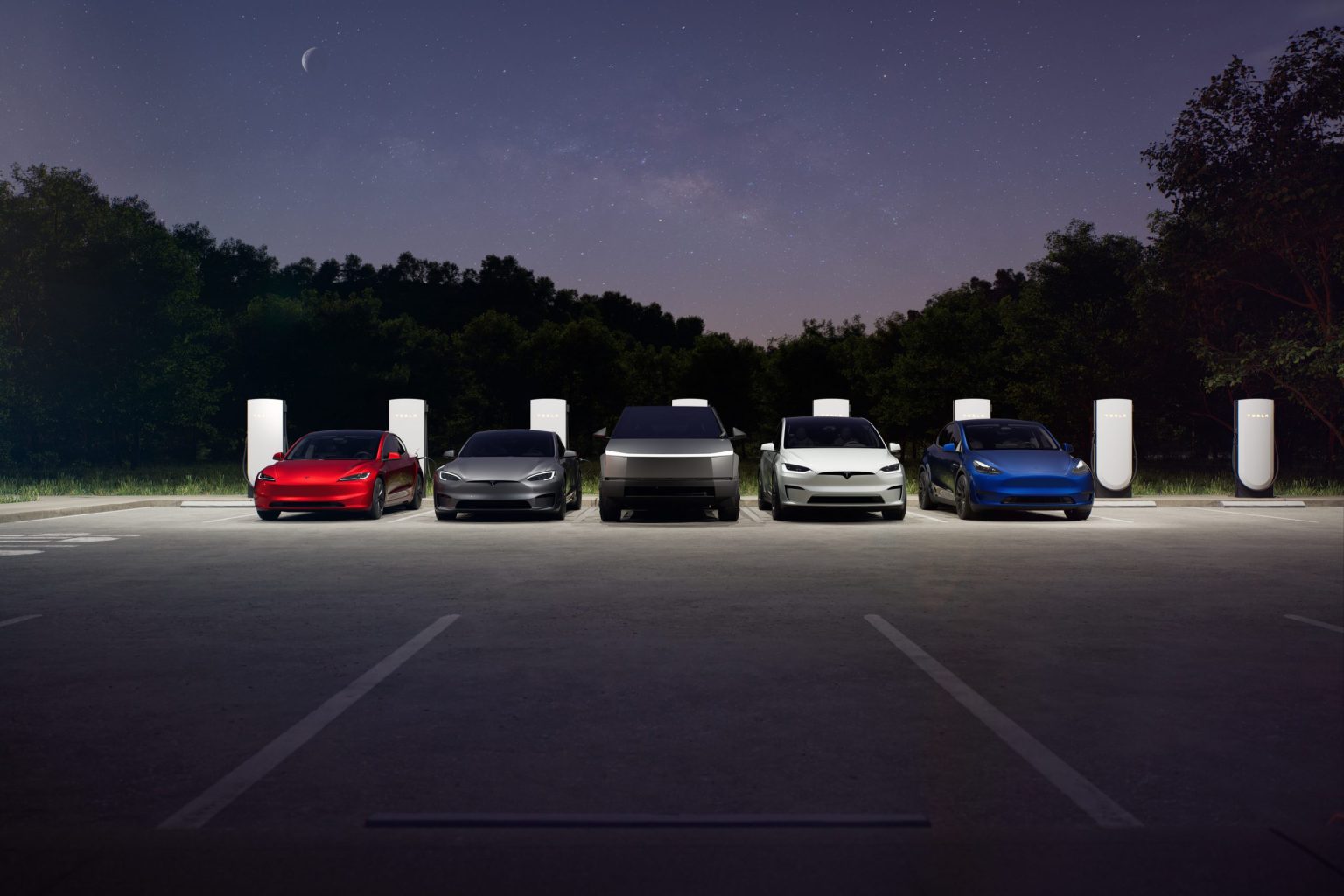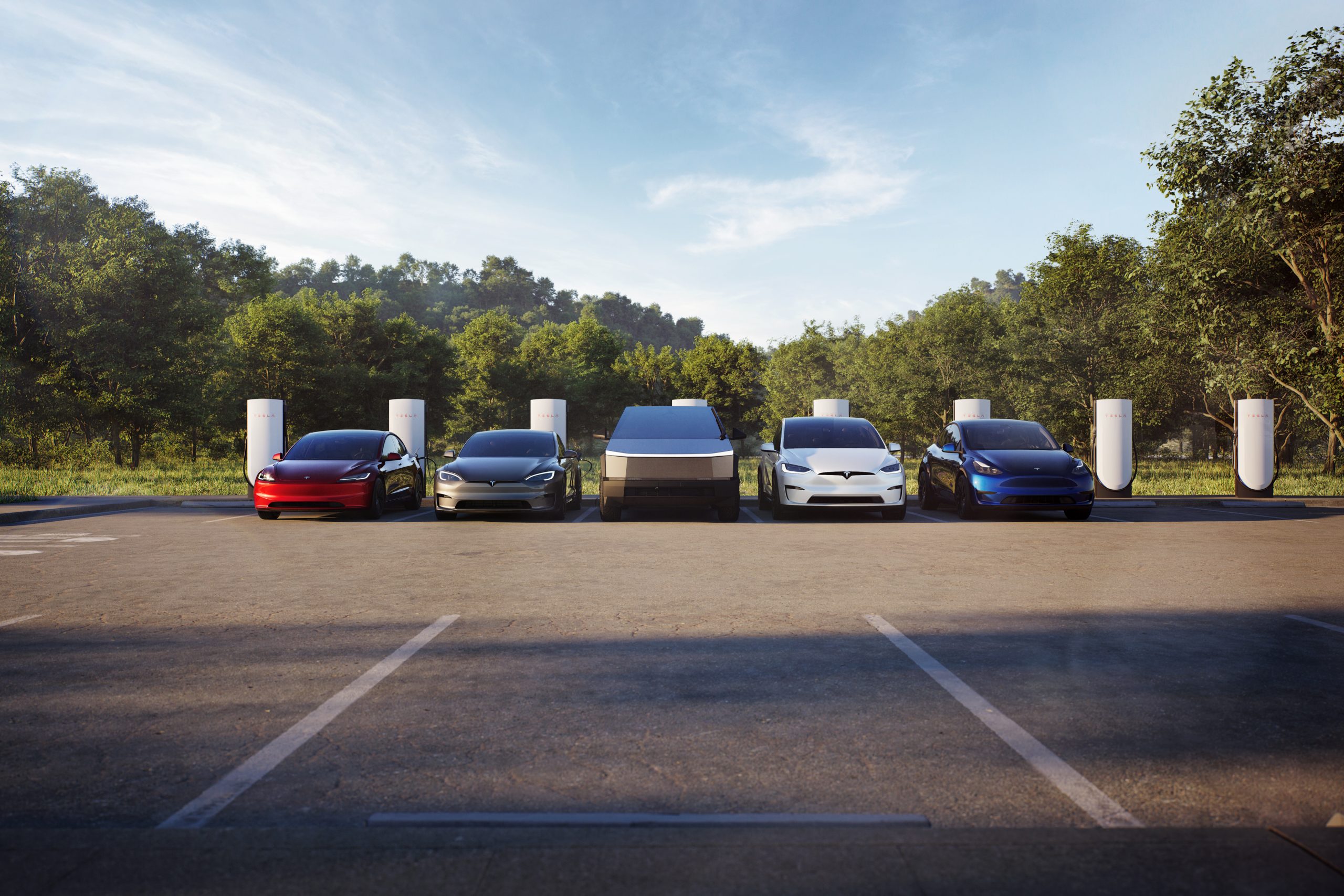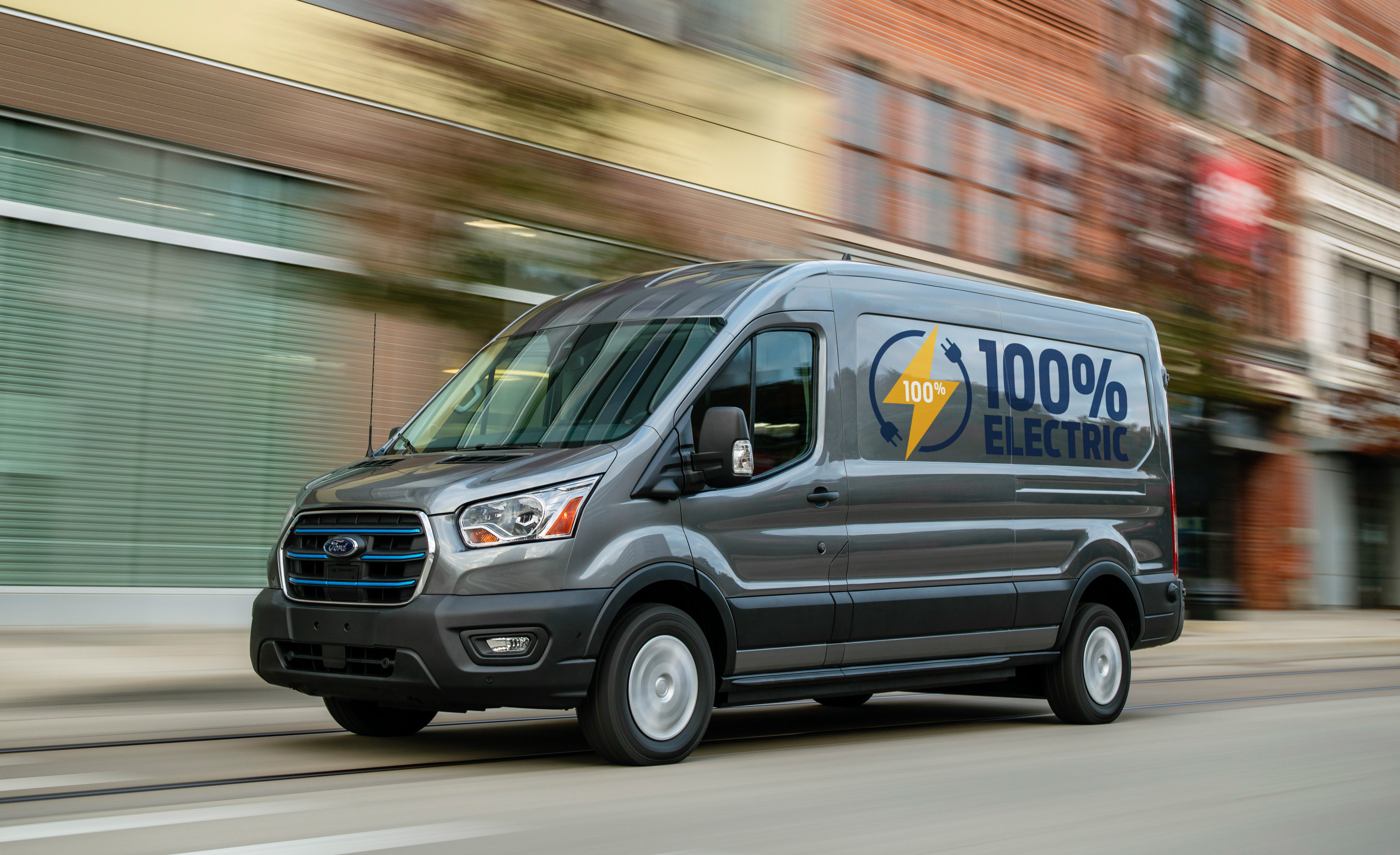Tesla Reportedly Finalizes Optimus V3 Design with Large Order of Robot Parts
Reports on manufacturing, labor and earnings with clear, practical context. Drives a Tesla Model 3 RWD; family hauler is a Volvo XC60.
In a move that could signal a significant step forward in its robotics ambitions, Tesla has reportedly placed a substantial order for linear actuators from a Chinese supplier. This development suggests that the design for Tesla's Optimus V3 humanoid robot might be nearing completion.
According to reports from various Chinese media outlets, Tesla has made a groundbreaking $685 million order for linear actuators from Sanhua Intelligent Controls. These components are expected to be integral to the production of the Optimus V3 humanoid robot, which is anticipated to enter mass production. The sizable order suggests that Tesla is preparing for a large-scale rollout, with deliveries of the actuators slated to begin in the first quarter of 2026. Industry experts estimate that this volume of actuators could support the production of approximately 180,000 units, underscoring Tesla's ambitions in the robotics field.
While Tesla has not officially confirmed these reports, the implications for the company's robotics division are significant. The recent order aligns with comments from Tesla CEO Elon Musk, who has hinted at plans to produce the Optimus V3 on a large scale. Sanhua Intelligent Controls, which already supplies components for Tesla's electric vehicles, has seen a rise in its stock value following the reports, though both companies have refrained from commenting on the specifics of the order. A representative from Tesla's China office stated that there is no official information to share at this time, while Sanhua described its robotics business as progressing smoothly but declined to comment on market rumors.
The rumored order comes amidst challenges Tesla has faced in perfecting the Optimus robot's hands, a critical component for its functionality. Earlier reports suggested that these challenges had delayed production plans, with an initial goal to produce 5,000 units in 2025 being reconsidered. However, the large order of actuators could indicate that Tesla has overcome these technical hurdles, paving the way for full-scale production to commence next year. Observers are keenly watching to see if this marks the beginning of a new era for Tesla as it expands from electric vehicles into advanced robotics.
The potential mass production of the Optimus V3 humanoid robot opens up a myriad of possibilities for Tesla. The company, known for its innovative approach and disruption in the automotive industry, could bring similar changes to the robotics sector. The Optimus robot is expected to perform tasks that are dangerous, repetitive, or mundane, serving as an auxiliary workforce that can operate in environments unsuitable for humans. If successful, the deployment of these robots could revolutionize industries ranging from manufacturing to service sectors, highlighting Tesla's commitment to leveraging artificial intelligence and robotics to enhance productivity and safety.
As Tesla moves forward with its ambitious plans, the focus will be on how well the company can integrate these robots into existing workflows and whether they can meet the high expectations set by previous Tesla innovations. The company's history of overcoming challenges and pioneering new technologies suggests a promising outlook, though the market will be watching closely for confirmation of the order and further developments. As Tesla continues to redefine the boundaries of technology, the Optimus V3 could become a symbol of the next frontier in automation.
About Priya Nair
Reports on manufacturing, labor and earnings with clear, practical context. Drives a Tesla Model 3 RWD; family hauler is a Volvo XC60.



